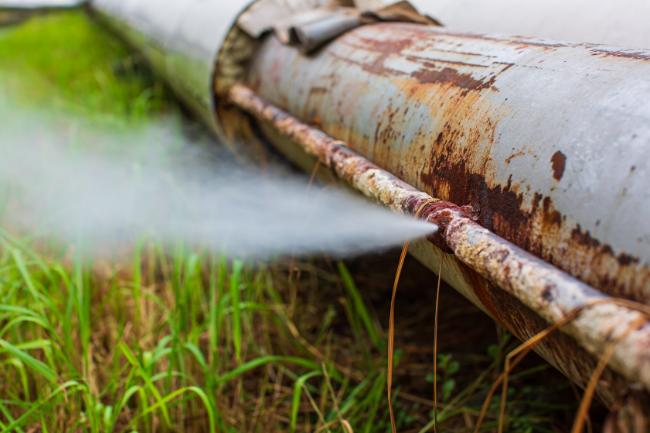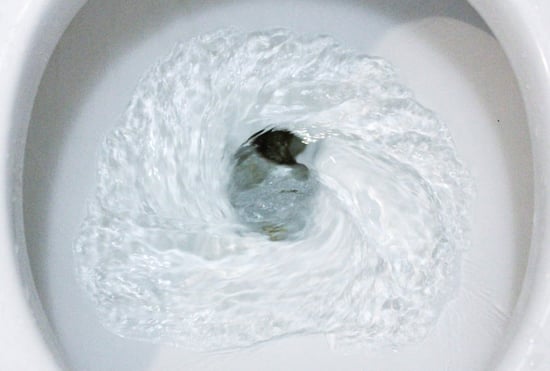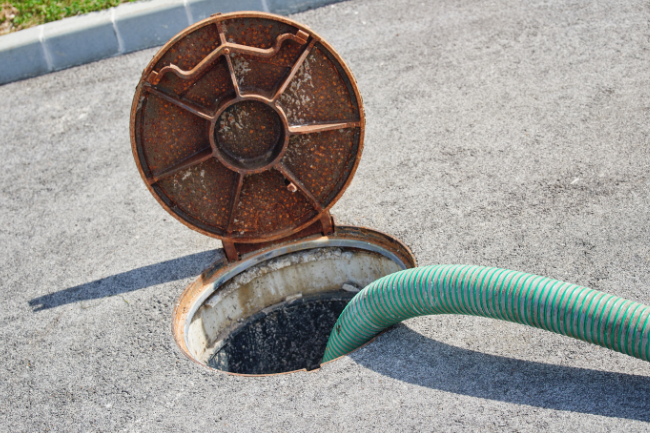What Is Backflow? + How a Sewer Backflow Preventer Works
Posted by William Heinselman on
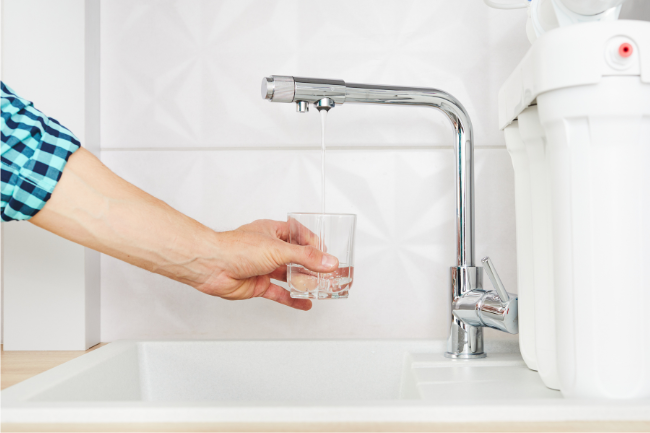
Contaminated water moving back up your pipes in your home or office building could lead to serious consequences. Gaining a proper understanding of backflow prevention systems and how they work is key to protecting your home and business.
Below, we’ll cover information like what sewer backflow is, how backflow prevention devices work, and why they’re needed.
What is Sewer Backflow?
Sewer backflow is a serious plumbing issue caused by contaminated water flowing backward in the water line, thus polluting the clean water supply. This leads to something called cross-connection, which is when the potable water supply mixes with the non-potable water, potentially containing contaminants like sewage or gas.
Backflow can turn into a potential health hazard when contaminated water is consumed, used for washing dishes, or other uses where it comes into contact with open wounds. It is commonly caused by a significant change in water pressure.
When a plumbing cross-connection changes pressure, it can cause the direction of the water flow to change. In turn, the water ends up going back up into your property rather than into the sewage system. Clogs and broken pipes are also a potential cause of sewer backflow.
Terms to Know
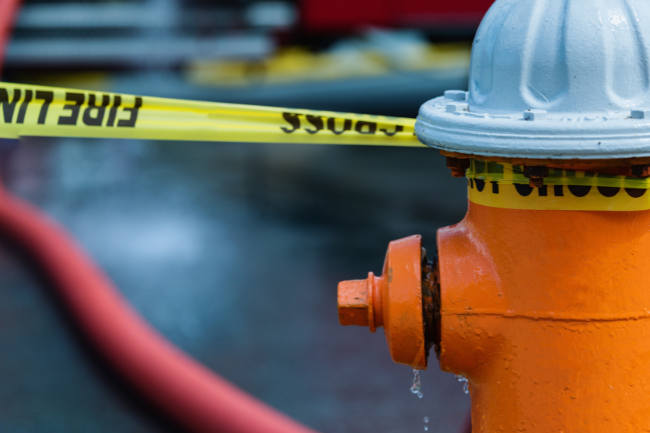
Backflow can be categorized into two different categories: backpressure or back siphonage.
- Backpressure: This occurs when the pressure of the contaminated water overtakes the positive pressure of the water distribution main. Backpressure can happen due to many different factors. For example, a piece of equipment in your home or office suddenly starts generating more pressure than the pressure in the water distribution lines.
- Back siphonage: Back siphonage happens when there is negative water pressure in the water distribution system (think of sipping water through a straw). This can sometimes happen when a fire hydrant is used for putting out a fire or because of a broken water main.
If any of these instances take place in the absence of a sewer backflow preventer, the water would potentially be contaminated and not safe to consume.
All About Backflow Prevention Devices
In essence, a backflow prevention device ensures the water will only flow in one direction. Multiple types of prevention devices exist, and they all work best for specific instances. All backflow preventers, no matter what kind it is, protect clean water lines from contamination. These are the three most common types of backflow preventers.
- Air gaps: These are used in sinks, preventing debris from getting into drinking water or a dishwasher.
- Atmospheric vacuum breakers (AVB): These prevent backflow in hose, spigot, and faucet applications.
- Check valves: These ensure water flows in only one direction and can be installed at the service entrance or at individual outlets.
How a specific device works depends on what it is used for, as they each employ unique mechanics to keep clean water clear from contaminants.
Why Backflow Devices are Needed
Preventing unwanted backflow from a municipal drainage system or city sewer from entering your home or office helps prevent health hazards in your surrounding environment as well as in the water you consume. Installing and maintaining a sewer backflow device is crucial for keeping your environment safe and sanitary.
In addition to avoiding potential health risks, sewer backflow can cause extensive property damage, resulting in costly expenses. While installing a backflow prevention system might seem like a cumbersome or costly venture, it will surely save you more money in the long run by preventing potential damage to your property.
If you have an irrigation system or get your water from a well, backflow prevention devices are a requirement. Modern plumbing codes require backflow prevention to be installed wherever there is a cross-connection. If you live in an older house, then you are at greater risk of lacking a backflow prevention device.
How Backflow Preventers Work
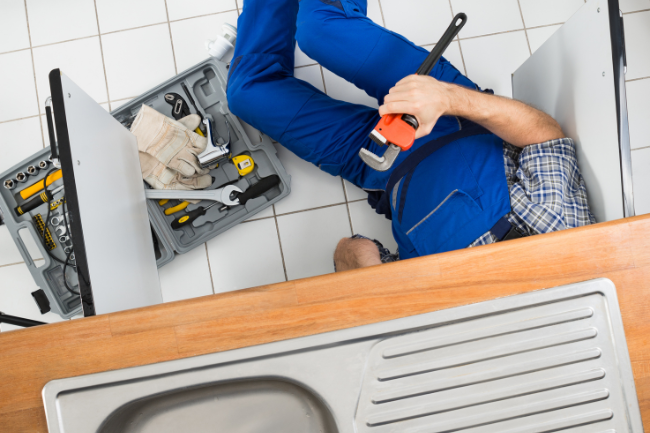
Backflow preventers are installed in your plumbing system or can be installed in certain devices. They allow water to flow into your home or office building’s plumbing system and prevent it from flowing in reverse. If you’re experiencing or have experienced issues with backflow, or you don’t know whether you have a backflow preventer installed, you should contact a local Sacramento plumber to come and inspect your system.
Your sewer service provider can tell you the cause of the backflow. If a broken pipe is the culprit, it is your responsibility to get the sewer pipe fixed. This may be an extensive project, but it just depends on the location of the pipe. If a clog has caused the backflow, then a plumber can simply remove the clog.
A backflow preventer is the best way to prevent future issues from occurring.
Take Control Over Your Water
It’s possible to install a sewer backflow preventer yourself, but some devices require professional installation. The ease of installation all depends on what type of device you need and where it needs to be installed.
If you notice signs of discoloration, sulfuric smells, or a bad taste in your water, it’s imperative that you call a professional to come look at your plumbing system. Even if these signs are not apparent, backflow prevention devices are recommended anywhere where a potable and a non-potable water line connects. The lack of one could affect the purity of your drinking, cooking, or cleaning water.
If you need help installing a backflow preventer or are experiencing backflow issues in your plumbing system, the experts at Express Sewer & Drain are here to help. We can come out to your property to conduct an inspection and come up with a cost-effective solution. Contact us today to learn more about our services!
Topics: Sewers, Plumbing Tips

